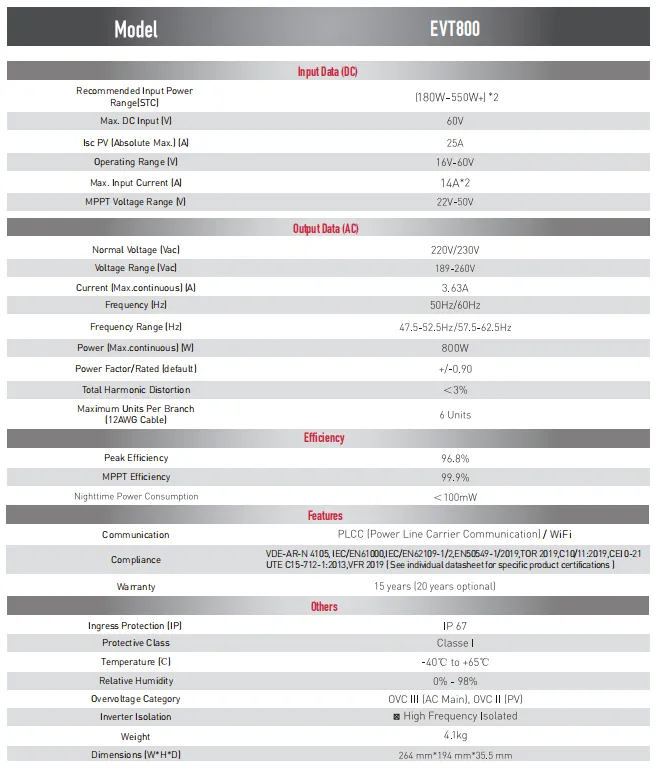Understanding the Dimensions of a 500 Watt Solar Panel for Efficient Use
Understanding the Size of a 500 Watt Solar Panel
As the world increasingly shifts towards renewable energy sources, solar power has gained immense popularity. Among the solar technology options available, 500-watt solar panels have emerged as a practical choice for both residential and commercial applications. Understanding the size of these panels is crucial for proper installation, energy planning, and maximizing efficiency.
Dimensions of a 500 Watt Solar Panel
Typically, a 500-watt solar panel measures approximately 1.7m x 1.1m (67 inches x 43 inches). The actual size can vary slightly depending on the manufacturer and the technology used. Generally, high-efficiency monocrystalline panels tend to be smaller and more powerful than their polycrystalline counterparts, meaning a 500-watt monocrystalline panel may occupy less space than a polycrystalline version of the same wattage.
Factors Influencing Panel Size
Several factors can influence the overall dimensions of a solar panel
1. Technology Type As mentioned, different solar technologies—monocrystalline, polycrystalline, and thin film—have unique size and efficiency characteristics. Monocrystalline panels are renowned for their higher efficiency (typically around 15-22%), which allows them to convert more sunlight into electricity in a smaller area.
2. Cell Configuration The arrangement of solar cells within the panel can also impact size. A panel might utilize larger cells or a different arrangement to maximize surface area and energy conversion capabilities.
3. Frame and Design The presence of an aluminum frame and protective glass can add to the overall dimensions of a solar panel. Recent designs focus on reducing weight and bulk without compromising durability or efficiency.
size of 500 watt solar panel

Installation Considerations
When planning to install 500-watt solar panels, understanding their size is essential. Space availability on rooftops or ground-mounted systems must be assessed to ensure effective installation without any obstructions, like trees or buildings that could cast shadows.
For example, a typical residential installation requires adequate space to accommodate multiple panels to generate the desired energy output. Homeowners should calculate their energy needs, convert these into wattage, and then determine how many panels will be needed based on their output.
Energy Output and Efficiency
A crucial aspect of understanding the size of a 500-watt solar panel is its energy output. The amount of electricity generated will depend on several factors, including
- Sunlight Exposure The geographic location, time of year, and weather conditions all play a role in solar energy generation. Areas with more sunlight will yield more power. - Angle and Orientation Proper positioning of solar panels can maximize efficiency. Panels should typically face south in the Northern Hemisphere and north in the Southern Hemisphere to capture the most sunlight.
Conclusion
In conclusion, while the size of a 500-watt solar panel is a key factor in system design and energy generation, it is essential to consider other variables, such as panel technology, installation space, sunlight exposure, and how they all interplay to affect energy output. As the demand for renewable energy rises, understanding the nuances of solar panel specifications will empower consumers and businesses alike to make informed decisions, ultimately contributing to a more sustainable future. Whether for residential use or commercial energy production, a clear understanding of solar panel dimensions will lead to more efficient installations and enhanced performance.
-
String Solar Inverter: The High-Efficiency Solution for Smart Solar EnergyNewsJul.14,2025
-
Revolutionizing Rooftop Energy with the Power of the Micro Solar InverterNewsJul.14,2025
-
Power Independence with Smart Off Grid Solar Inverter SolutionsNewsJul.14,2025
-
On Grid Solar Inverter: Powering the Future with Smart Grid IntegrationNewsJul.14,2025
-
Monocrystalline Solar Panels: High-Efficiency Power for the Future of Clean EnergyNewsJul.14,2025
-
Bifacial Solar Panel: A Smarter Investment for Next-Generation Energy SystemsNewsJul.14,2025







